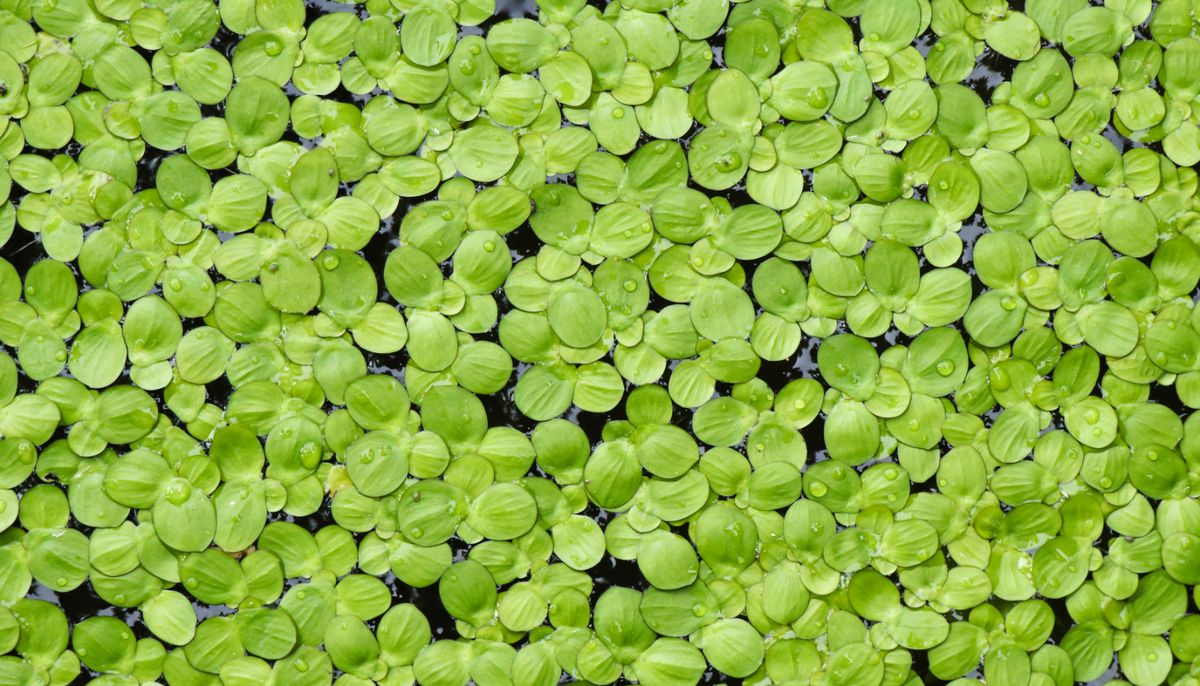Researchers at the University of Laval have developed a process that makes it possible to efficiently extract plant proteins produced in extraordinary quantities by duckweed, a humble plant that occurs naturally in waters in Quebec and elsewhere in the world. “The potential of this plant as a source of dietary proteins of plant origin is enormous,” summarizes the leader of the team that developed the process, Laurent Bazinet, professor in the Department of Food Sciences and researcher at the Institute of Nutrition and Functional Foods, of the Laval University.
Contrary to its name, duckweed does not belong to the legume family. However, when it comes to protein content, they are in no way inferior to them. “About 35% of the dry weight of duckweed leaves is protein, which is equivalent to that of soybeans,” emphasizes Professor Bazinet. In addition, the protein yield per hectare is ten times higher than that of soybeans.
The main protein that duckweed produces is Rubisco (ribulose-1,5-bisphosphate carboxylase/oxygenase), a key protein in photosynthesis. “Its abundance partly explains why this plant is a veritable protein factory. Duckweed can double their biomass within 24 hours. I don’t know of any other plant that can compete with this,” says Professor Bazinet.
The phenomenal protein content of duckweed is well known, but the lack of an effective extraction process has prevented the use of proteins from this plant in human food. Tristan Muller, Marie-Ève Bernier and Laurent Bazinet addressed this problem as part of the work of the VITALE Chair led by Professor Bazinet.
The experiments carried out by this team, reported in the journal Foods, made it possible to develop a method whose efficiency reaches unprecedented performance in the extraction of proteins contained in leaves of all species of food interest taken together. The yield of the process and the purity of the products obtained reach 60% and 58%, respectively.
“Duckweed can double their biomass within 24 hours. I don’t know of any other plant that can compete with it. »
—Laurent Bazinet
Professor Bazinet currently sees two possible uses for the proteins obtained from duckweed. “On the one hand, they could serve as food ingredients, just like soy proteins, which are found in a variety of foods. We could also exploit the functional properties of these proteins, particularly their ability as foaming agents. Our experiments have shown that duckweed proteins have ten times greater foaming power than egg whites.”
“Our work on duckweed is just beginning, but we are already seeing that its proteins could have diverse uses in human nutrition, human health, as well as food formulation,” continues Professor Bazinet. In addition, the production of duckweed in aquaculture systems has the great advantage of having a smaller ecological footprint than meat production or soy cultivation.

